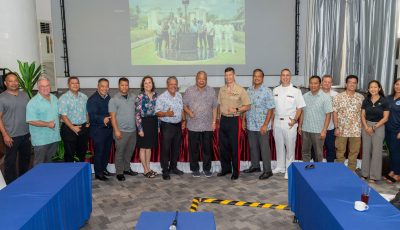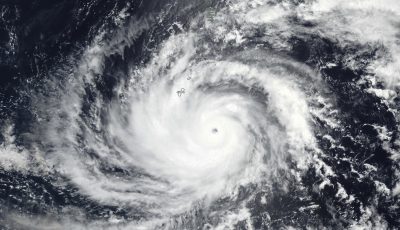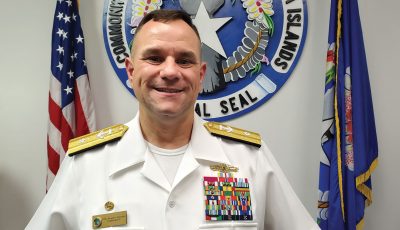Veterans Day
World War I ended on the 11th hour of the 11th day of the 11th month. Veterans Day (not to be confused with Memorial Day, which honors those who perished in service) is also Armistice Day in the United States and Remembrance Day in other parts of the world, the day to recognize and honor all those who served the military service, and since the Pentagon went globally imperial after WWII, that is a lot of vets.
A historical look-see shows that Woodrow Wilson proclaimed Armistice Day 1919, “…because of the thing from which it has freed us and because of the opportunity it has given America to show her sympathy with peace and justice in the councils of the nations.” In 1939, it became Veterans Day “dedicated to the cause of world peace …” (preceding italics added). Veterans Day (possessive apostrophe left out) is thus not a day for flexing military muscles to show might but a resolve to pursue peace.
With a higher per capita rate of enlistment and casualties in the armed forces, the CNMI is natural for the staid command and the smart salute. When I meet some of my elementary students, I can tell who put in their two years in the service—reflective black shoes.
Two nephews served in the Marines, one in Kuwait who took advantage of the GI Bill to get his bachelor’s degree at a community college; the other returned to college, too, but stayed in the service and re-enlisted in Afghanistan for active duty. I love them both dearly but mum is the word on my nephews’ choice of profession.
JFK initiated the Peace Corps in ’63, and I learned to ride the 60cc motorcycle from them. Later, I worked with a Peace Corps volunteer in Micronesia, then led their orientation program on community development in the Philippines ’83-’84. One of them became a teacher at NMC but has since concentrated on ukulele art and skill.
I remember walking in Greensboro, NC’s main street with students singing, What we are saying, is give “peace” a chance. I valued my time with the U.S. Peace Corps if only for the word “peace” as opposed to training on instruments of mass destruction that followed the U.S. after WWII and the Korean War, resulting in the Cold War with the then-USSR. Civil engineers did have an exemplary track record of reconstruction after devastations as a consequence of armed conflict.
A new officer in the Manila PCV office during the Reagan takeover of DC took exception to my taking Muslim Mindanao volunteers to Jolo, Sulu, during their orientation training in Zamboanga City ’83. Jolo was once the seat of the Sultanate of Sulu whose extensive map of 1822 included a huge portion of North Borneo, aka Sabah, though thalassocracy (rule of the sea) extended north to Palawan, east to western Mindanao and the areas north of the Sultanate of Brunei.
That nothing untoward occurred during the PCV trip to the heart of Philippine Islam did not matter. It was the notion that a training director in the south can decide without first seeking the consent of the head office north (something akin to San Diego asking San Francisco’s OK to a trip to Tijuana). I was not retained to do another training, though informally told at the start to do one more; unfortunately, contracts were drawn quarterly.
The tactical discipline of the military command holds a better organizational candle to the rugged individualism of Peace Corps volunteers, used by some in the U.S. military service to sneer at the PCV organizational setup. However, in a time of democratic process where the individual takes precedence over corporate presence, the efforts of the PCV toward person-to-person cooperation and coordination are enormous.
The American Memorial Park and the Pacific Historic Parks hosted their inaugural “Peace Day” Sunday a month ago on Saipan. I can hear the carillon bells at vespers ringing in my inner ear, in the same way that the carillon at the Iwo Jima memorial by Arlington Cemetery used to be an eerie sound when I lived downtown Rosslyn VA.
Armistice Day was for peace and justice; Veterans Day aimed for world peace. With the Peace Sunday initiated, I find the carillon bells more appropriate for “peace” than volleys of a 21-gun salute.
On Hallows weekend, “heavenly peace” was a metaphor widely used, a desired state of being more than a geographical location. The sign of the cross is a mark of peace, done at Angelus, and alighting down a stair. Anno Domini is the reign of a suffering servant; Anno Mundi traced Jewish liberation from captivity in an exodus into the Promised Land that began long before in the telling of creatio ex nihilo. Two Talmudic traditions trace that lineage with results that differ by considerable years but the attempt both complete the journey in the Biblos’ apocalypse to the followers of Iesu.
Science negates the limited Talmudic 7,000-year journey of humankind and measures 4.5 billion years of Gaia’s existence. Humans change (the divine right of kings was once an irrefutable datum).
Not a warrior of war, I journey in peace. Join the procession, vets. Shalom!



























